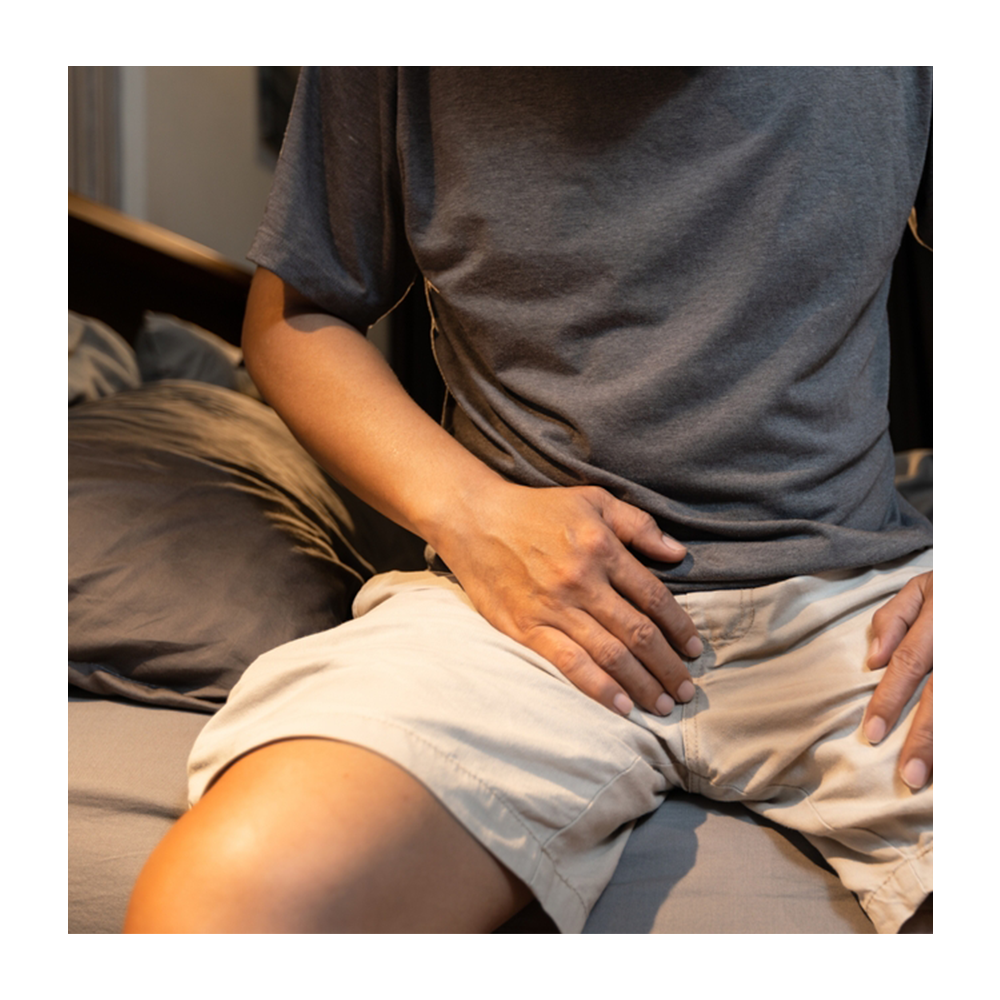12 January 2016
Keeping Fit and Healthy this New Year to Alleviate Incontinence Issues
Now that the festive season is over it is now time to work off the excess food intake and Incontinence UK are here to help! Being overweight can make your bladder and incontinence issues worse as extra weight may put pressure on pelvic floor muscles which can become weak so it is recommended where possible to try to lose a few pounds. Taking some form of regular exercise will help with losing weight. Physical activity is anything that gets your body moving. It can include anything from walking and gardening to recreational sport.Aim for at least 150 minutes of moderate activity every week.Ideally, you should try to do something every day, preferably in bouts of 10 minutes of activity or more.One way of achieving 150 minutes of activity is to do 30 minutes on at least five days a week. Examples of moderate-intensity aerobic activities include:- walking fast
- water aerobics
- riding a bike on level ground or with few hills
- playing doubles tennis
- pushing a lawn mower
 This stretch is good for posture.
A. Sit upright and away from the back of the chair. Pull your shoulders back and down. Extend your arms out to the side.
B. Gently push your chest forwards and up until you feel a stretch across your chest.
Hold for five to 10 seconds and repeat five times.
Upper body twist
This stretch is good for posture.
A. Sit upright and away from the back of the chair. Pull your shoulders back and down. Extend your arms out to the side.
B. Gently push your chest forwards and up until you feel a stretch across your chest.
Hold for five to 10 seconds and repeat five times.
Upper body twist

This stretch will develop and maintain flexibility in the upper back.
A. Sit upright with your feet flat on the floor, cross your arms and reach for your shoulders.
B. Without moving your hips, turn your upper body to the left as far as is comfortable. Hold for five seconds.
C. Repeat on the right side.
Do five on each side.
Hip marching
 This exercise will strengthen hips and thighs and improve flexibility.
A. Sit upright and do not lean on the back of the chair. Hold on to the sides of the chair.
B. Lift your left leg with your knee bent as far as is comfortable. Place your foot down with control.
C. Repeat with the opposite leg.
Do five lifts with each leg.
Ankle stretch
This exercise will strengthen hips and thighs and improve flexibility.
A. Sit upright and do not lean on the back of the chair. Hold on to the sides of the chair.
B. Lift your left leg with your knee bent as far as is comfortable. Place your foot down with control.
C. Repeat with the opposite leg.
Do five lifts with each leg.
Ankle stretch
 This stretch will improve ankle flexibility and lower the risk of developing a blood clot.
A. Sit upright, hold on to the side of the chair and straighten your left leg with your foot off the floor.
B. With your leg straight and raised, point your toes away from you.
C. Point your toes back towards you.
Try two sets of five stretches with each foot.
Arm raises
This stretch will improve ankle flexibility and lower the risk of developing a blood clot.
A. Sit upright, hold on to the side of the chair and straighten your left leg with your foot off the floor.
B. With your leg straight and raised, point your toes away from you.
C. Point your toes back towards you.
Try two sets of five stretches with each foot.
Arm raises
 This exercise builds shoulder strength.
A. Sit upright with your arms by your sides.
B. With palms forwards, raise both arms out and to the side and up as far as is comfortable.
C. Return to the starting position.
Keep your shoulders down and arms straight throughout. Breathe out as you raise your arms and breathe in as you lower them. Repeat five times.
For more information on keeping fit and healthy this New Year visit the NHS website.
Finally don’t forget to regularly do your pelvic floor exercises each day – take a look at our
This exercise builds shoulder strength.
A. Sit upright with your arms by your sides.
B. With palms forwards, raise both arms out and to the side and up as far as is comfortable.
C. Return to the starting position.
Keep your shoulders down and arms straight throughout. Breathe out as you raise your arms and breathe in as you lower them. Repeat five times.
For more information on keeping fit and healthy this New Year visit the NHS website.
Finally don’t forget to regularly do your pelvic floor exercises each day – take a look at our recent blog/guidelines on how to ensure you are doing them correctly.
Best wishes
Incontinence UK Team
www.incontinenceuk.co.uk
recent blog/guidelines on how to ensure you are doing them correctly.
Best wishes
Incontinence UK Team
www.incontinenceuk.co.uk
 This exercise will strengthen hips and thighs and improve flexibility.
A. Sit upright and do not lean on the back of the chair. Hold on to the sides of the chair.
B. Lift your left leg with your knee bent as far as is comfortable. Place your foot down with control.
C. Repeat with the opposite leg.
Do five lifts with each leg.
Ankle stretch
This exercise will strengthen hips and thighs and improve flexibility.
A. Sit upright and do not lean on the back of the chair. Hold on to the sides of the chair.
B. Lift your left leg with your knee bent as far as is comfortable. Place your foot down with control.
C. Repeat with the opposite leg.
Do five lifts with each leg.
Ankle stretch
 This stretch will improve ankle flexibility and lower the risk of developing a blood clot.
A. Sit upright, hold on to the side of the chair and straighten your left leg with your foot off the floor.
B. With your leg straight and raised, point your toes away from you.
C. Point your toes back towards you.
Try two sets of five stretches with each foot.
Arm raises
This stretch will improve ankle flexibility and lower the risk of developing a blood clot.
A. Sit upright, hold on to the side of the chair and straighten your left leg with your foot off the floor.
B. With your leg straight and raised, point your toes away from you.
C. Point your toes back towards you.
Try two sets of five stretches with each foot.
Arm raises
 This exercise builds shoulder strength.
A. Sit upright with your arms by your sides.
B. With palms forwards, raise both arms out and to the side and up as far as is comfortable.
C. Return to the starting position.
Keep your shoulders down and arms straight throughout. Breathe out as you raise your arms and breathe in as you lower them. Repeat five times.
For more information on keeping fit and healthy this New Year visit the NHS website.
Finally don’t forget to regularly do your pelvic floor exercises each day – take a look at our
This exercise builds shoulder strength.
A. Sit upright with your arms by your sides.
B. With palms forwards, raise both arms out and to the side and up as far as is comfortable.
C. Return to the starting position.
Keep your shoulders down and arms straight throughout. Breathe out as you raise your arms and breathe in as you lower them. Repeat five times.
For more information on keeping fit and healthy this New Year visit the NHS website.
Finally don’t forget to regularly do your pelvic floor exercises each day – take a look at our recent blog/guidelines on how to ensure you are doing them correctly.
Best wishes
Incontinence UK Team
www.incontinenceuk.co.uk
recent blog/guidelines on how to ensure you are doing them correctly.
Best wishes
Incontinence UK Team
www.incontinenceuk.co.uk






